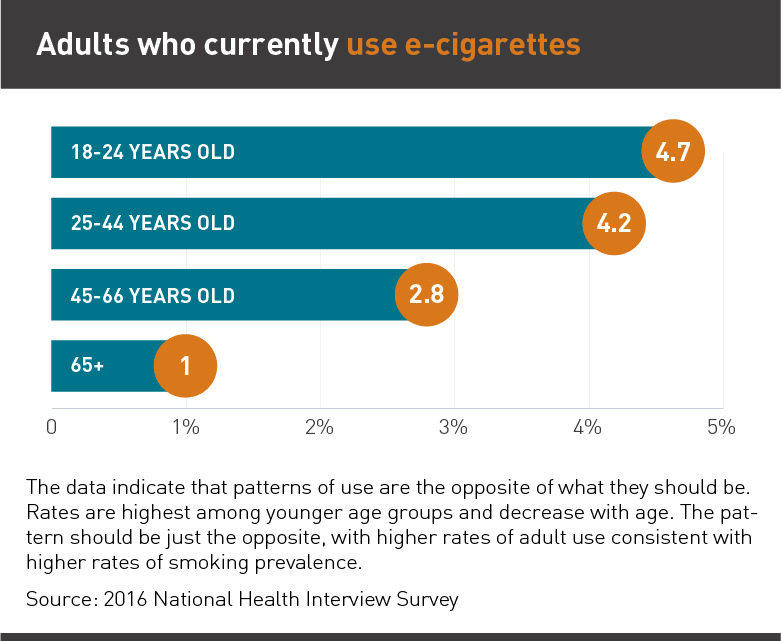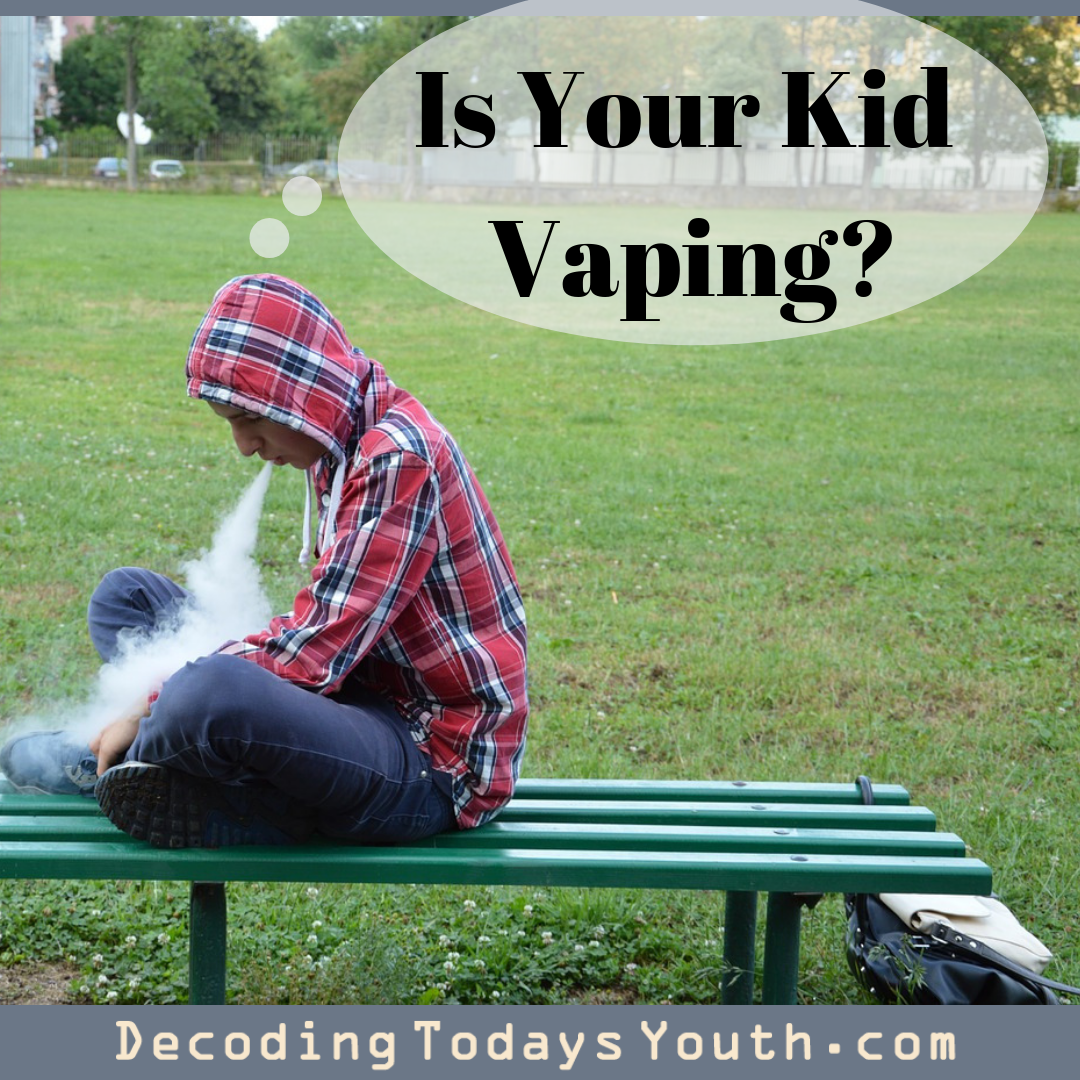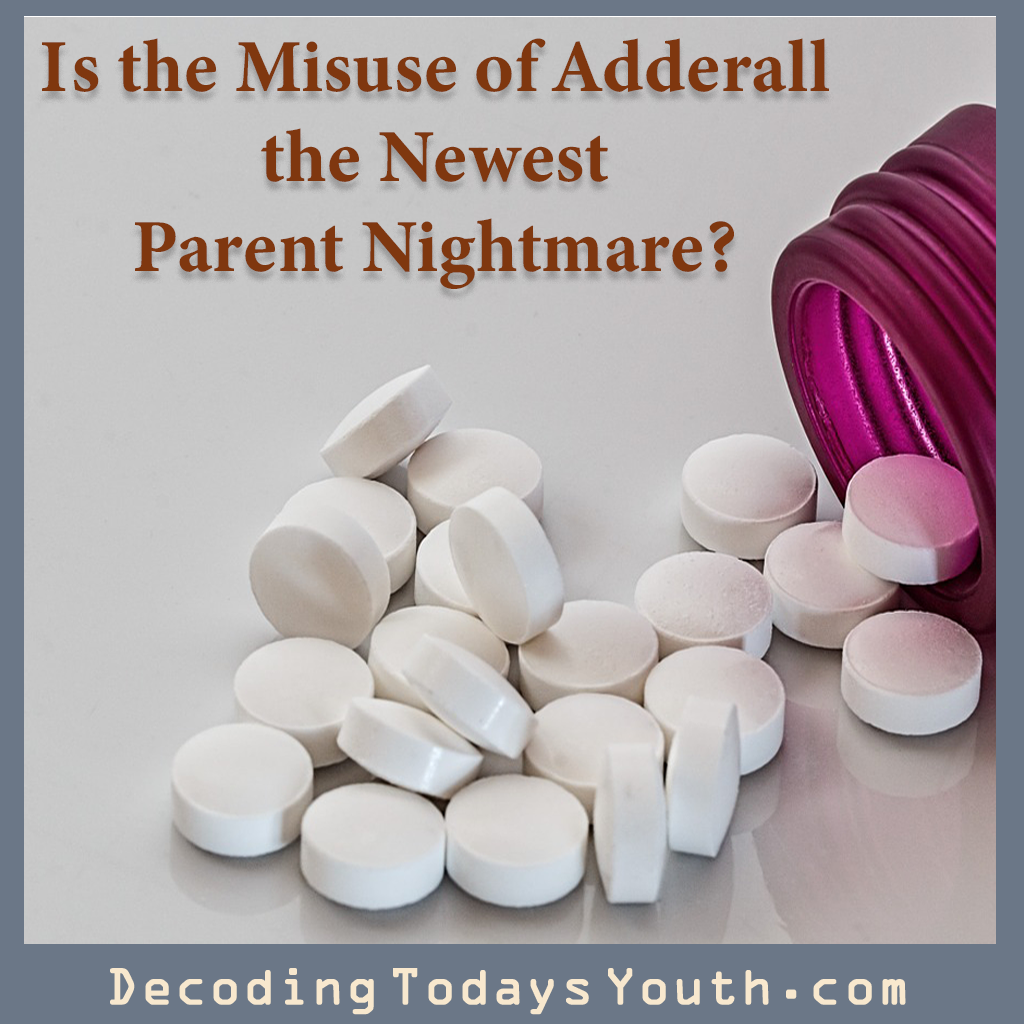
Vaping: Part I
Ok. Here’s a startling statistic. Teen vaping increased 80% last year in high schools. Here’s another one. It increased 50% in middle schools. This is according to the U.S. FDA, so I’m going to believe those numbers.
Ironically, those two numbers don’t include my two boys (who are now in their twenties) who also started vaping in the last few years.
What’s going on here? It’s quite simple. This is a new drug delivery system that has not yet been adequately regulated. By “drug” I don’t necessarily mean illegal drug. Some vaping devices put out something similar to vegetable oil. But that’s not what I’m hearing about. Most kids are not vaping vegetable oil. The ones I know are vaping nicotine and THC, the mood altering chemical from marijuana.
Is it legal to do this? No. Not if you’re under 18. And recreational THC is still illegal in many states. But that hasn’t stopped anyone. Vaping has come on super-fast and its catching many parents off guard.
In fact, the FDA has gotten so frightened by the numbers that its recently imposed huge new restrictions on many e-cigarette/vaping manufacturers. But in my town, it’s too late. Vaping is everywhere. And though the chart below says 4.7% of teens vape, more recent data says 12% or higher. Oh, and what’s starting? Unlike smoking cigarettes, vaping is done more by the young!

High school and middle school teachers and administrators are telling me they’re confiscating as many as a dozen vaping devices a day. And they don’t know what’s in them! There is no testing device they can use to determine if their cigarette policy, their marijuana policy, or perhaps neither should apply!
And where are kids getting these devices? Well, until the FDA recently changed the law, they could be bought in gas stations, convenience stores, etc… They’re still available online. And at vape shops. It’s easy to get a vaping device. And also easy to get it with nicotine or THC.
Will you know if your kid is “smoking” one of these in their room? No. Probably not. The devices don’t have to give off a smell. One kid smoked a THC vape right in front of me and I had no idea. No smell whatsoever. And they don’t have to produce a big cloud of vapor either. Some kids can just blow the tiny vapor up their sleeve. In class! I know. I’ve seen it.
So, is it dangerous?
Yup. But I’ll get into that in another blog post. Look up “popcorn lung” while you’re waiting. And don’t get me started on addiction to nicotine or THC.
Hey parents. This was not around when you were growing up. Get informed. Get a household policy in place. Get with your kids.
Don’t let vaping get your kid.
Here’s some links if you want more information:
https://truthinitiative.org/news/e-cigarettes-facts-stats-and-regulations
https://www.cnn.com/2018/11/15/health/fda-vaping-ecigarette-regulation/index.html



 By Seth Woolcock and Erick Lauber
By Seth Woolcock and Erick Lauber
 By Erick Lauber
By Erick Lauber